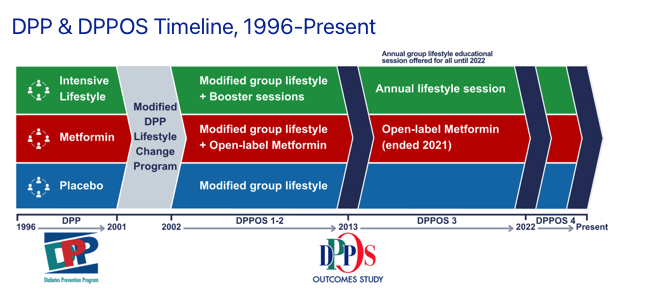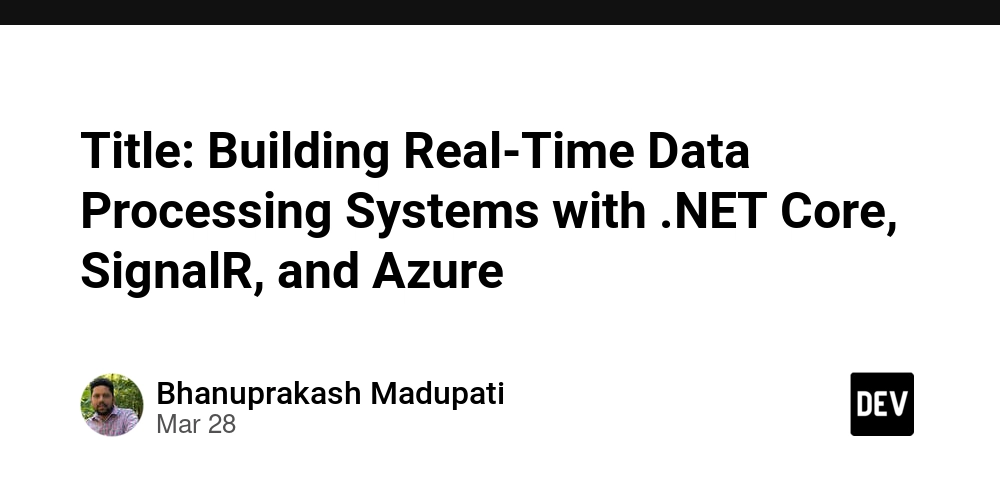What is a Database? An Introduction
What is DataBase? A database is a system that stores information so you can easily find, add, or change it later. To work with a database, we use SQL (Structured Query Language), which is a special language that helps us ask the database to get, add, or change data. An RDBMS (Relational Database Management System) is the software that manages the database. It organizes the data in tables, making it easy to relate different pieces of information. Examples of RDBMS include MySQL, PostgreSQL, and Oracle DDL (Data Definition Language) and DML (Data Manipulation DDL (Data Definition Language) DDL is about the structure of the database (creating, changing, or deleting tables). CREATE TABLE students (id INT, name VARCHAR(50)); DML (Data Manipulation Language) DML commands are used to manipulate the data stored within the database. These commands are used for adding, updating, deleting, and querying data. SELECT * FROM students; ----------------- End of Blog ----------------------
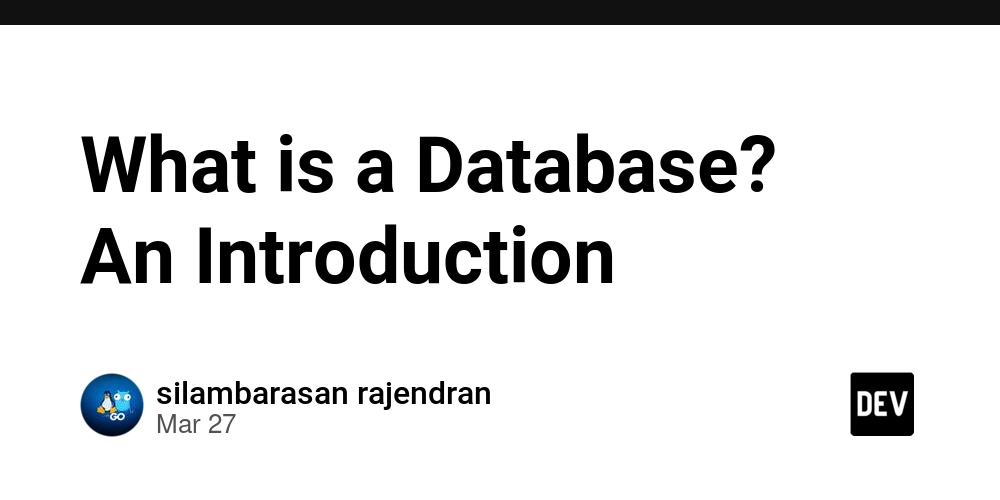
What is DataBase?
A database is a system that stores information so you can easily find, add, or change it later.
To work with a database, we use SQL (Structured Query Language), which is a special language that helps us ask the database to get, add, or change data.
An RDBMS (Relational Database Management System) is the software that manages the database. It organizes the data in tables, making it easy to relate different pieces of information. Examples of RDBMS include MySQL, PostgreSQL, and Oracle
DDL (Data Definition Language) and DML (Data Manipulation
DDL (Data Definition Language)
DDL is about the structure of the database (creating, changing, or deleting tables).
CREATE TABLE students (id INT, name VARCHAR(50));DML (Data Manipulation Language)
DML commands are used to manipulate the data stored within the database. These commands are used for adding, updating, deleting, and querying data.
SELECT * FROM students;
----------------- End of Blog ----------------------








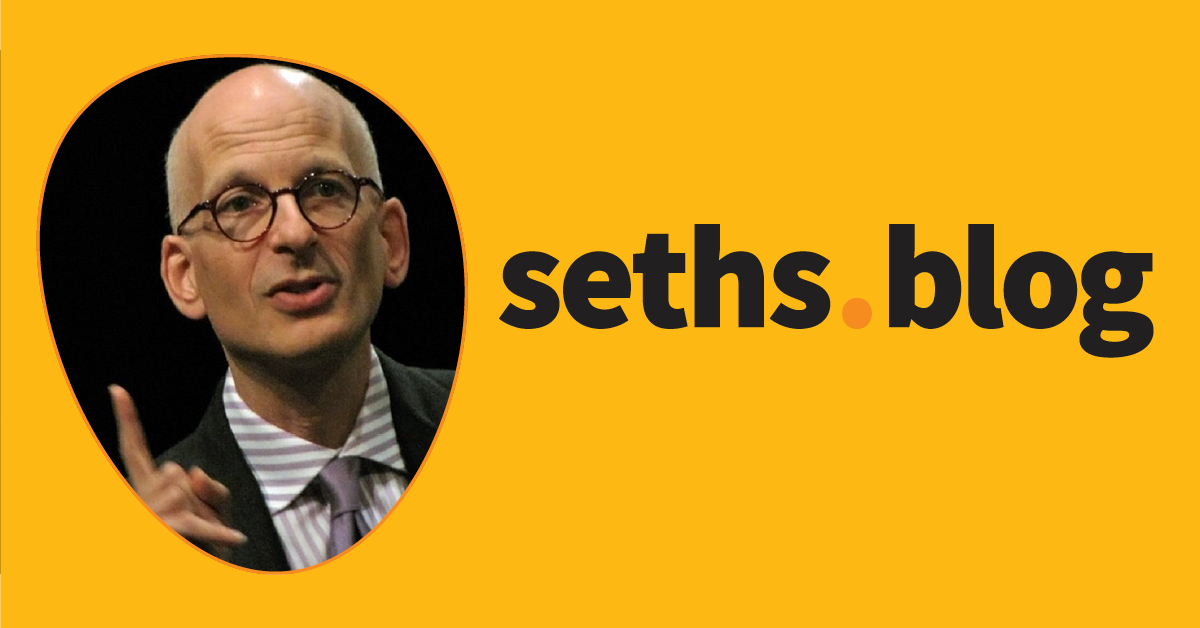

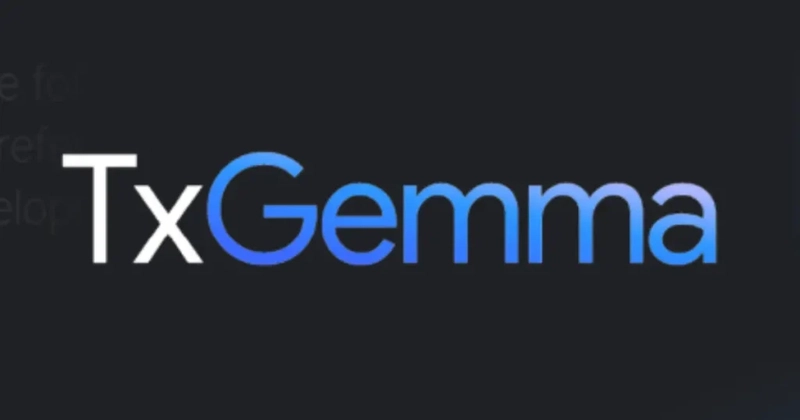











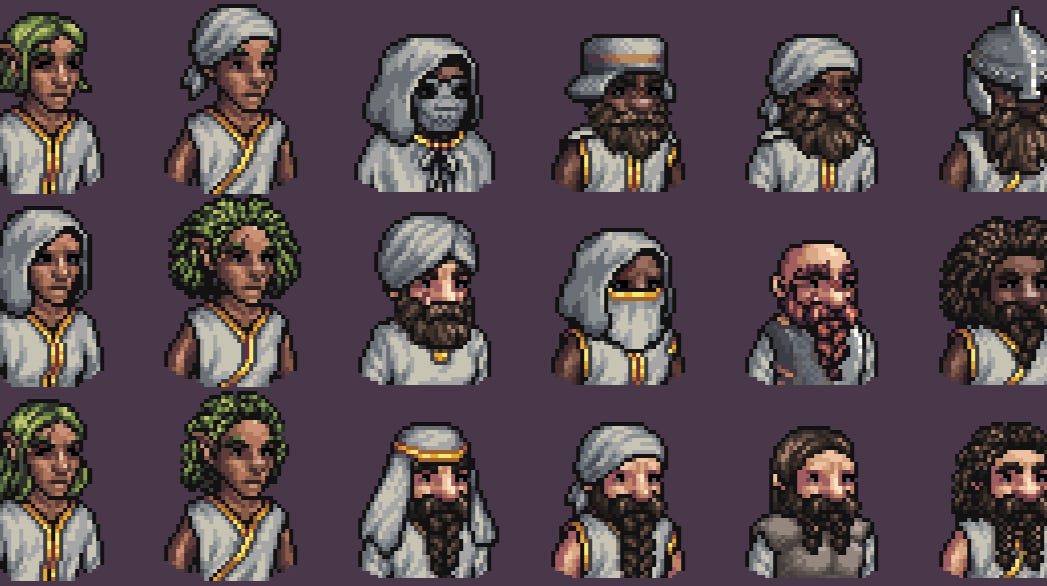












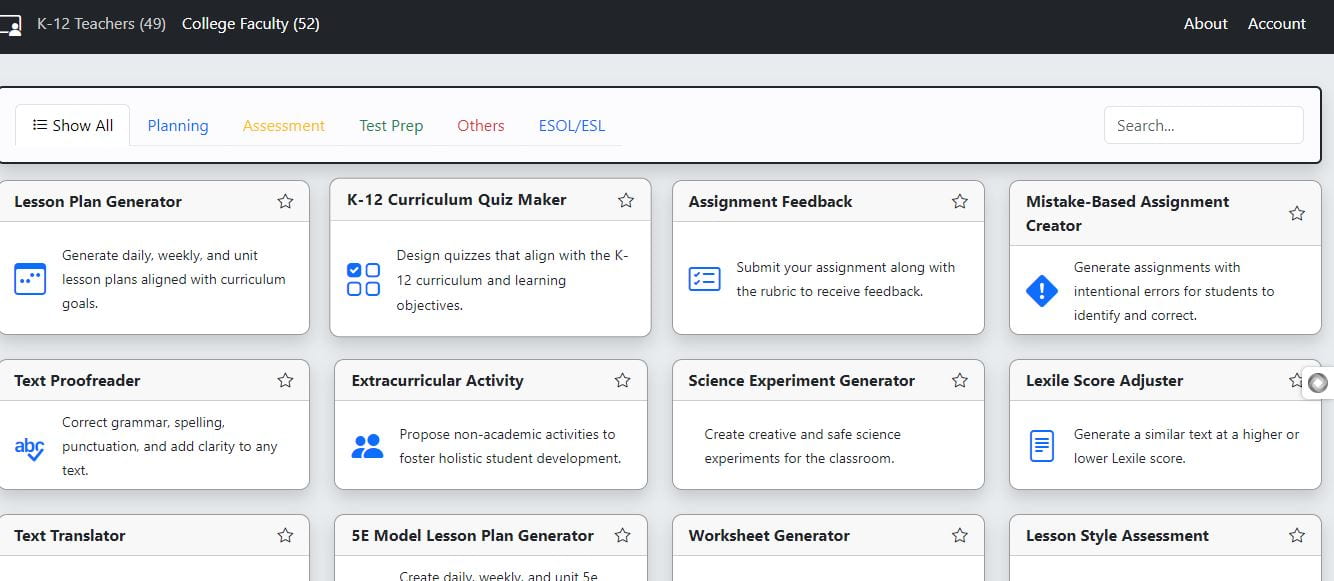
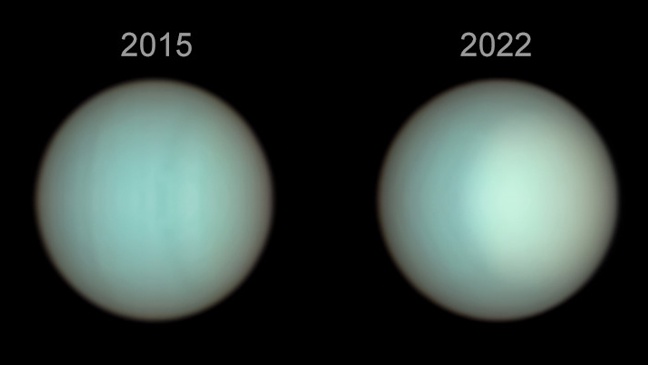

/https://tf-cmsv2-smithsonianmag-media.s3.amazonaws.com/filer_public/76/04/7604f174-2171-4526-ab80-663c49cb0c84/coffee_opener.jpg?#)
